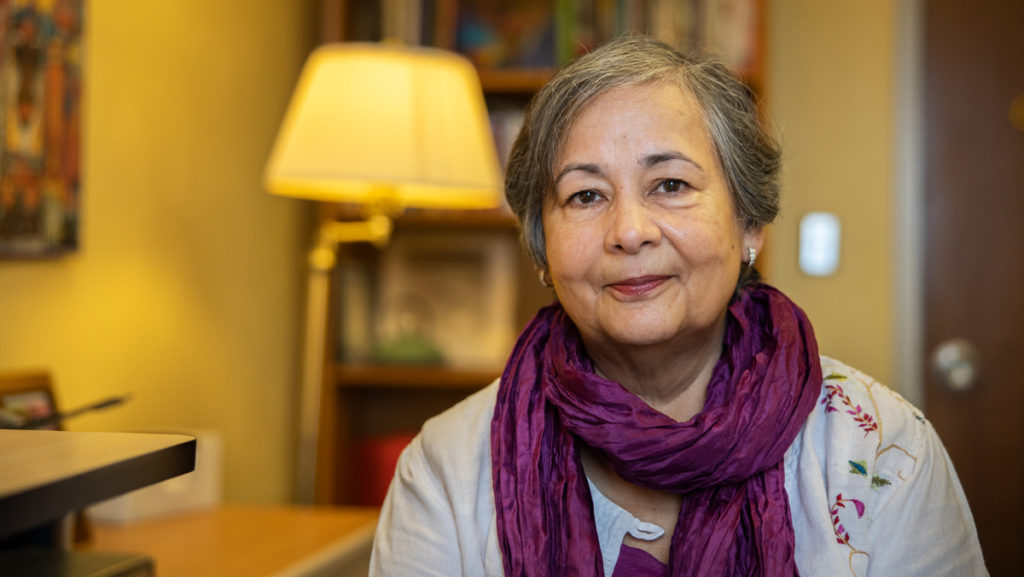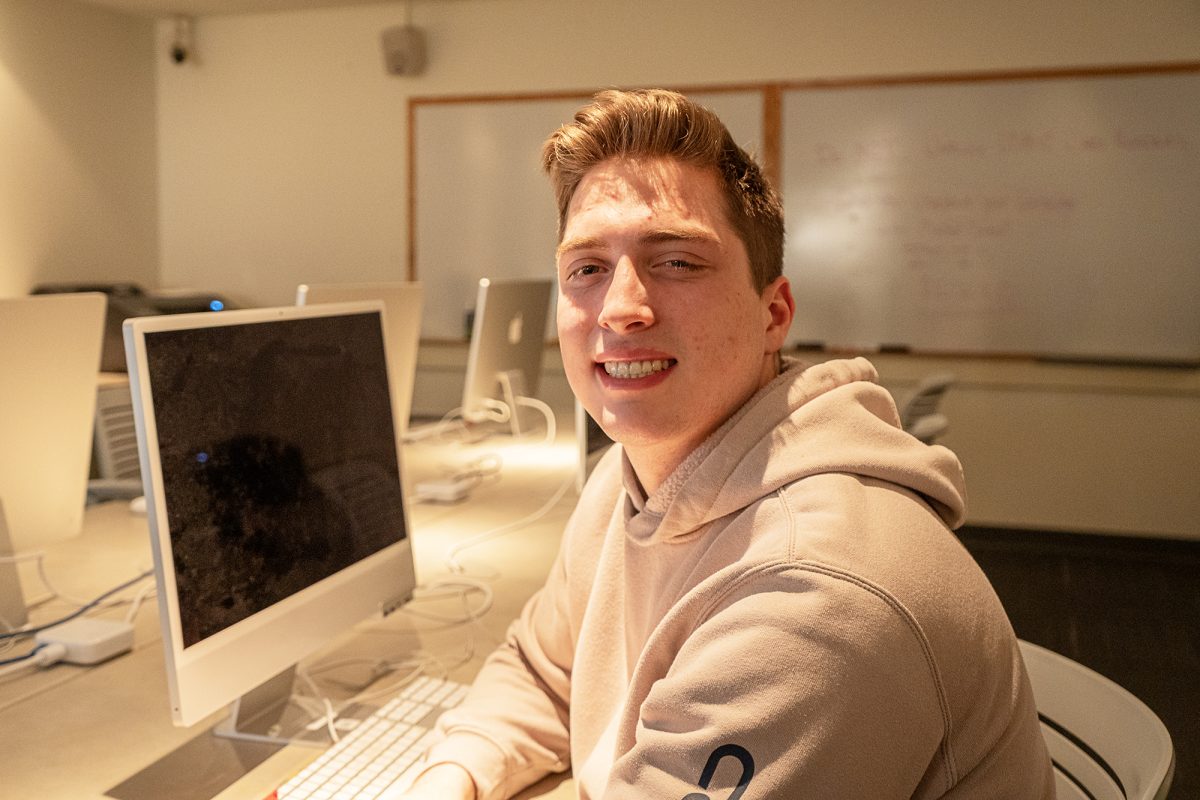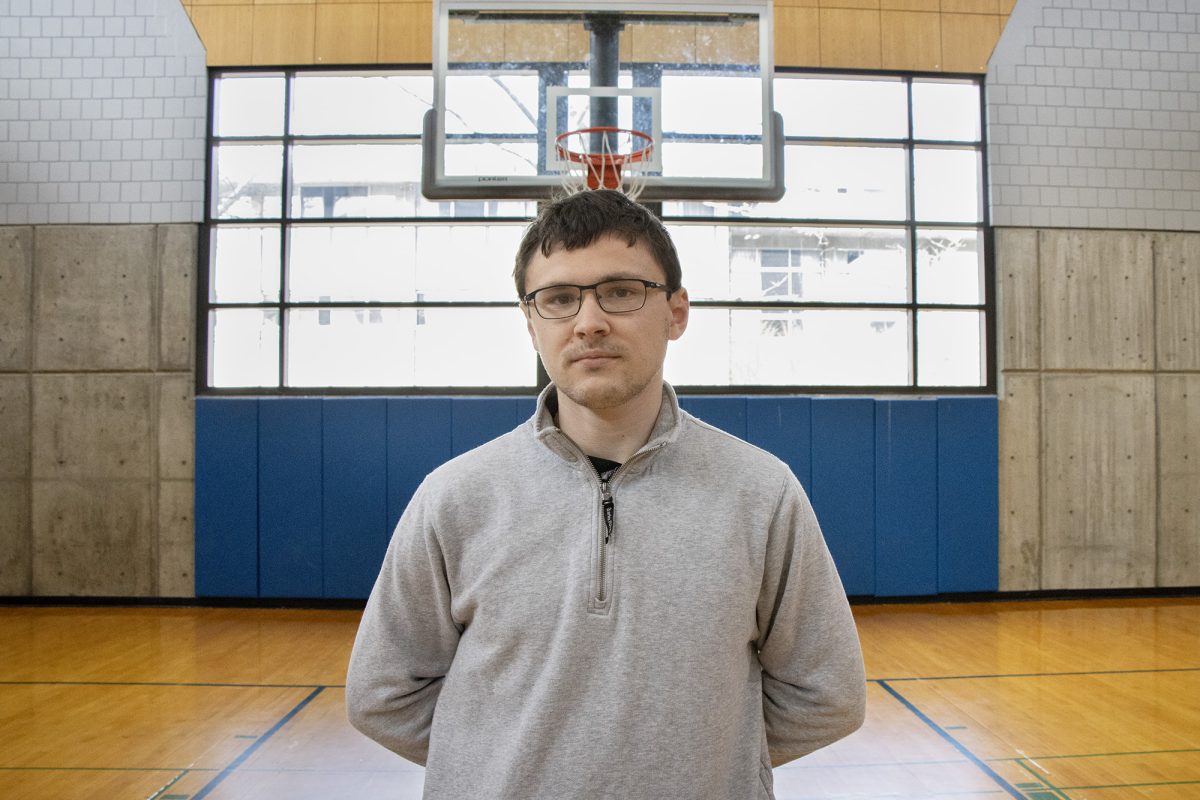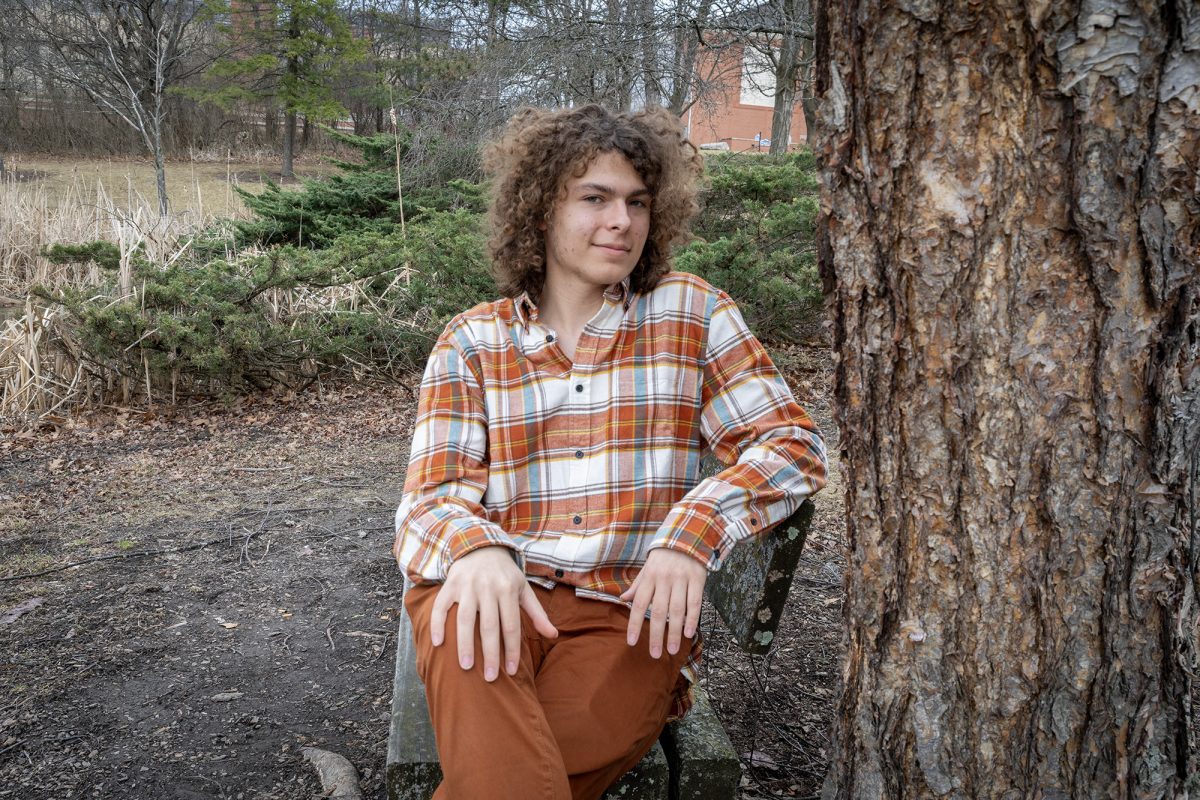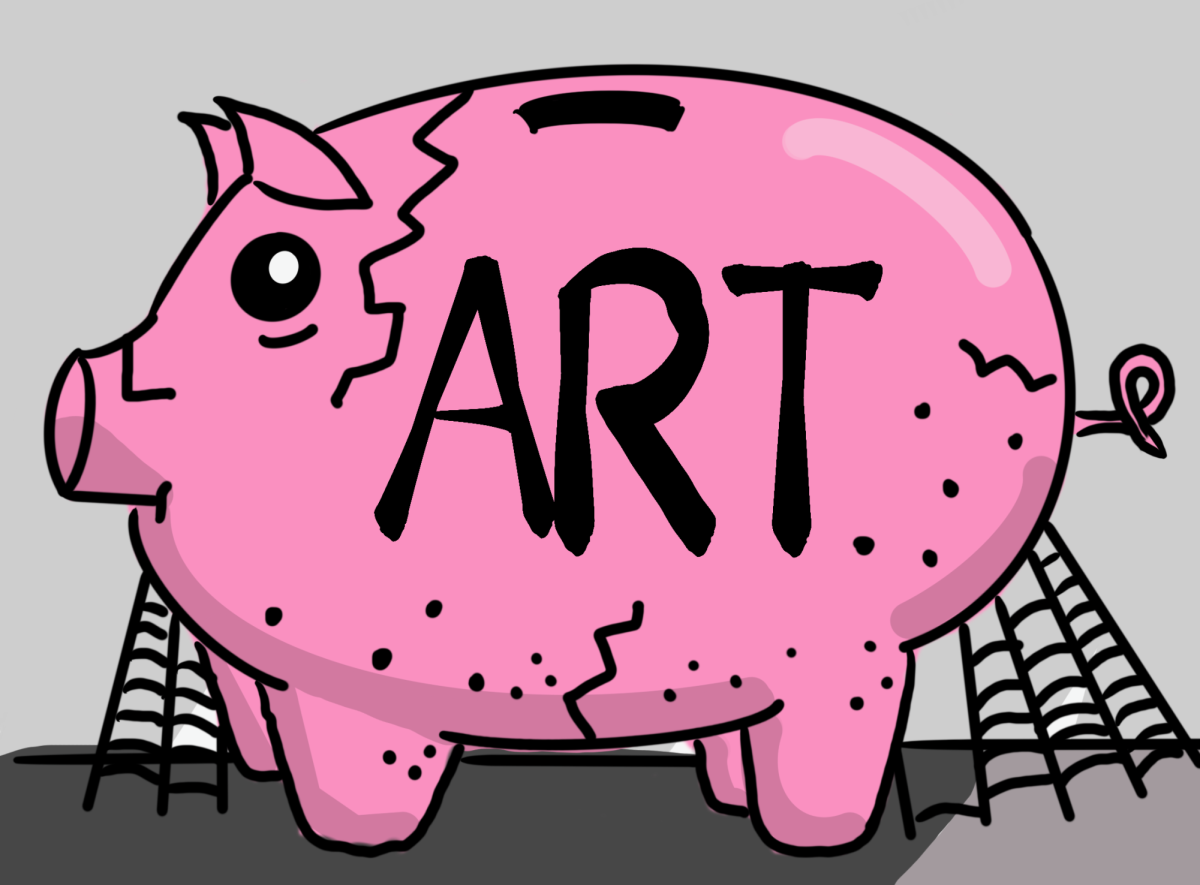This October, the Ithaca College Center for the Study of Culture, Race, and Ethnicity celebrated its 20th anniversary, and I was among the people invited to speak about its history and our roles in helping to establish it. I chaired the nine-member faculty and staff committee that recommended the center’s creation in 1999 and was its founding director, a position in which I served for 12 years, 1999–2002 and 2006–2015.
Though binaries are problematic, I spoke about encountering three during my work in the center: between inside/outside, unity/critique and resistance/recognition.
An early challenge was figuring out what a curriculum focused on African, Latino/a (now, Latinx), Asian, and Native American (ALANA) people should look like. While some committee members favored a U.S.-centered approach, I was one of those who felt it would reaffirm the myth of American exceptionalism. The idea that U.S. people are unique seems to have robbed many of them of empathy and respect for the rest of the world. For instance, when confronted with images of wars, natural disasters and poverty in other countries — which is how the world intrudes on their consciousness — a common first reaction is to say they feel “privileged” as Americans. At this point in the conversation, critiques of poverty, racism and patriarchy in the U.S. disappear.
More crucially, U.S.-centrism is a variant of Eurocentrism, a legacy of 500 years of Europe’s colonization of Latin America, Asia and Africa, in that order. This racialized epistemology also extols the exceptionalism and supremacy of “Western civilization” while ignoring that it was built on the labor, learning and achievements of not only men but also women; not only Europeans and Christians but also Muslims, Jews, Hindus, Arabs, Asians, Africans, Latin Americans, indigenous and enslaved peoples, the colonized, peasants, working classes and immigrants. It was many of these people whose natural resources the European colonizers stole and depleted, whose knowledges they proscribed and plagiarized, whose cultures they ridiculed and whose histories they rewrote and silenced. If we do not acknowledge this history, we are left with a partial and parochial conception of racism itself.
Ultimately, our committee agreed that the center’s courses would focus on ALANA people but would also interrogate borders and boundaries, such as between the U.S./world. However, I don’t believe most courses succeeded in doing this.
Once the center was set up, I found that protecting a shared sense of purpose among students and faculty of color often discouraged self-doubt/critique because, in the face of racism, POC can default into embracing a model of unity-as-uniformity. At worst, this model silences dissent, forecloses self-criticism and devolves into policing one another. I experienced such moments as suffocating and, over time, came to reject certain iterations of racial unity as self-defeating.
Lastly, I discovered that anti-racist work in the academy pivots between a politics of resistance and recognition. Put simply, the former seeks to contest racist structures from the margins while the latter demands inclusion in these. Of course, there is no escaping structures. Still, I find the margins more habitable ever since I became aware of how I was included/ assimilated into the British colonial order, or disorder. This effectively involved educating me right out of my own religion, culture, and history as a Muslim. I am, therefore, wary of POC demands for inclusion, and I also opposed the center’s forcible assimilation into the School of Humanities and Sciences by former college president Thomas Rochon. It was established as a college-wide unit, both at the heart of the college and sufficiently removed from it to have some independence of vision. That is where it needs to be.


